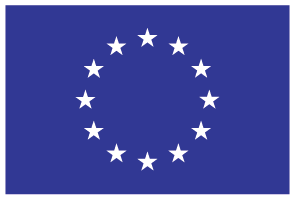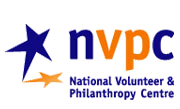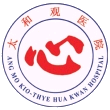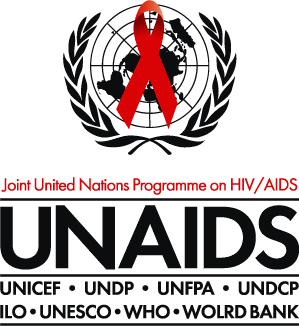My Blatherings on Razor TV
Producer and Interviewer was Ms Goh Shi Ting
===================
These are my old radio news scripts on Singapore's current affairs when I worked as a broadcast journalist.
































The Singhealth group of healthcare institutions hopes to serve its aged patients better.
========================
It is projected that two out of five Singaporeans will be over 65 years of age.
Hi Welcome to On the Grapevine with me Chong Ching Liang as I take a look at care for the elderly.
Coupled with the aging statistics, it is a ticking time bomb.
Dr Carol Goh, Head of Geriatric Medicine at the
"The diseases that our population is facing are chronic diseases. We have a high incident of strokes and we all lead fairly sedentary lives. So we're all going to be facing a population that is going to have a lot of issues with regards to functional care. So we will have elderly who may be wheel chair bound or at least need help getting around. We are hoping that despite this, we are going to have a society where we support our elderly and promote their care and not have an elderly person left alone with no one to take care of him and no good quality of life."
Many of us already have or will have aged relatives.
When this happens, we panic.
There are stories of Singaporeans trying to "dump" their aged relatives onto the hospital system, or nursing homes.
"All the things that we take for granted: Go to work and leave the old fogies managing by themselves. But when we have an injury suddenly is now magnified. You want to bring them home but when you find that when you physically have to do it, it is very difficult. So what do they do? They tell me, 'well, we still bring them home' and they manage the best that they can. But honestly, many of the times, most are not well managed. Because if your mother now is unable to walk well and the children or the family may be working, who's going to bring the mother to hospital?"
According to SingHealth statistics, one in three patients seeking orthopaedic treatment such as those for fractures and bone injuries are elderly.
So Dr Carol Goh says it must innovate.
Singhealth plans to "geriatise" to all its institutions in two years time that is getting them to cater to the elderly.
But there's also a social purpose explains Dr Goh.
"A lot of them are the referrals that we have diverted from nursing; this is not to say that a nursing home stay is wrong, but a lot of patients we want to give a chance when they were borderline cases. You know, the families were saying 'I am in a state of shock, my grandma fell down', 'she fractured her hip', 'I can't take care of her' and 'I don't have enough time' then the family will come to us and say, 'well, we want to put her in a nursing home.' And grandma may not want to go to a nursing home. She want to be given a chance to go back home. So they needed time. So for the grey cases especially, for those whose families were wavering, we wanted to send them to a place where they have more time, and more rehabilitation, and give her the chance."
But some of the elderly patients won't recover despite a lengthy stay.
They help relatives manage their elderly relatives' chronic illnesses like diabetes or high blood pressure. But Dr Goh highlights some obstacles.
"We face two issues. Number one our GP simply don't have the time to go to patients' house because it takes a lot. But again we hope to expand and working with partners both for SGH patients as well as Ang Mo Kio as a continuum that have access to home medical. Home based service is really important. And working in partnership with
The day isn't here yet when GPs are willing to step up to this role where they take part in providing home care for the elderly.
Until that day, the public healthcare system has to pick up the slack.
One thing is for sure, if the family of aged patients feel they aren't supported enough to keep their parents home, they won't. And the ones who lose out the most will be the elders.
So this latest initiative by the Singhealth group and the Health Ministry is a breath of spring breeze for those heading into their autumn years.
This is Chong Ching Liang for Newsradio 938.




